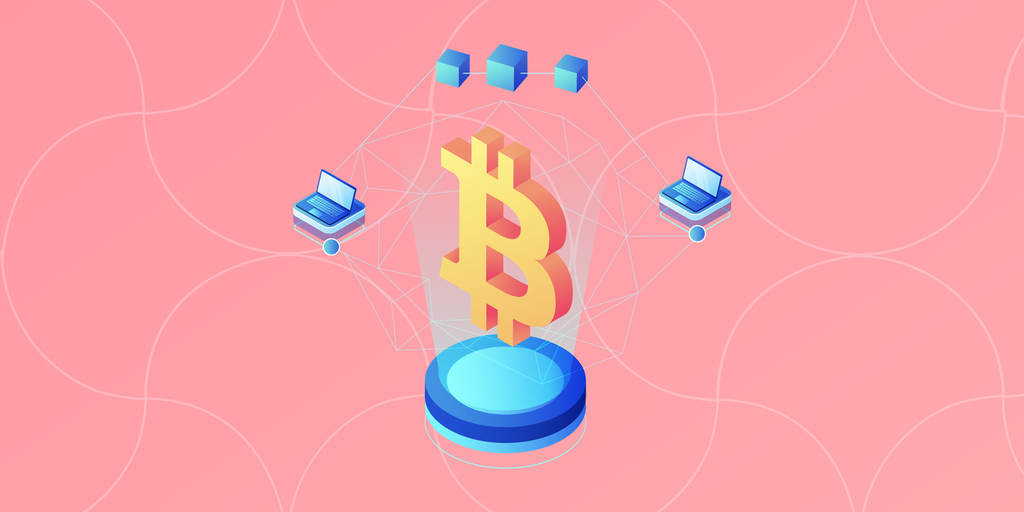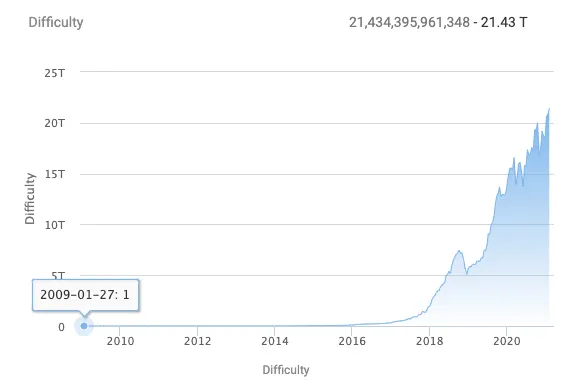
In short
- Bitcoin was first launched on January 3, 2009 with the creation of the genesis block.
- Pseudonymous creator Satoshi Nakamoto may have mined 1.1 million BTC, but he is known to have only ‘spent’ 10 BTC.
- The block contains several Easter eggs, one of which strongly hints at the purpose of the Bitcoin blockchain.
Saturday, January 3, 2009, bitcoin Born. The first set of 50 BTC was mined, creating the first Bitcoin block, known as the ‘Genesis block’.
This genesis block is considered the beginning of Bitcoin. blockchain—And it begins cryptocurrency revolution.
Many people argue that the day Bitcoin was issued represents Bitcoin’s birthday. On the other hand, others believe that Bitcoin’s birthday was actually three months ago when the Bitcoin whitepaper was first released.
The Genesis block, the first block created, is the beginning of an immutable database called the Bitcoin blockchain and represents the first example of a peer-to-peer digital currency protected by sound cryptographic principles. However, unlike other blocks, this block has some unique properties, adding a layer of hidden meaning that may not be obvious at first glance.
What is a genesis block?
A genesis block is simply the first block mined on a blockchain network.
Blocks are typically added to the blockchain by miners (in a proof-of-work network, such as Bitcoin) or validators (in a proof-of-stake network, such as Ethereum). Each new block records a transaction and references previous blocks in the chain.
However, genesis blocks are created by blockchain developers because they start the blockchain and there is no previous block to refer back to. In the case of Bitcoin, that person is Satoshi Nakamoto, its pseudonymous founder.
Genesis blocks set the rules by which the blockchain operates, including mining difficulty and block rewards. Bitcoin’s genesis block set the reward for mining a block at 50 BTC, which would be halved approximately every four years until the supply limit of 21 million BTC was reached.
Birth of Bitcoin
The Bitcoin Genesis block was originally referred to as ‘Block 1’, but is now commonly described as ‘Block 0’ in modern clients. This number represents the block height, i.e. the distance from the first block in the blockchain.
All consecutive blocks are linked together, hence the term ‘blockchain’. This is the core of blockchain’s immutability and security.
Each block contains a hash of the previous block associated with information about the transactions in that block, and the next block contains a hash of all the data from the previous block. This means that if one transaction is changed, the entire chain is compromised.
Like all blocks, Bitcoin’s genesis block had a block reward associated with it. With the first block mined, this reward was exactly 50 BTC, but due to successive block reward halvings, as of April 2024, a newly mined block only provides 3.125 BTC in reward.
Typically, this subsidy is distributed to miners who successfully mine the relevant block, and miners can use it as they wish. However, genesis blocks are an exception to this rule. The reward has been transferred to the general address ‘1A1zP1eP5QGefi2DMPTfTL5SLmv7DivfNa’ but is not available. This may be due to an intentional quirk or bug that prevents transactions from being added to Bitcoin’s UTXO database.

“The genesis block, which is the first block in existence, has strange properties because it cannot be linked to previous blocks. This is likely why Satoshi decided not to submit his 50 BTC reward to the Bitcoin transaction database.” AllianceBlock Matthijs de Vries, Founder and CTO, said: decryption.
Nonetheless, the first other BTC transferred was bitcoin address The owner of the address (probably Satoshi) can spend as usual. As of April 2024, a total of 99.80 BTC (equivalent to approximately $6.1 million) was additionally sent to that address.
This address tends to receive payments several times a week, and no one knows exactly why. Some people theorize that this was a way to say “thank you” to Satoshi, or that others simply set it up as a change address. In particular, in January 2024, one user sent 26.92 BTC, worth over $1.2 million at the time, to the ‘Genesis Wallet’ address.
It is possible that at least some of these transfers would force Satoshi to inadvertently reveal his identity via the ‘common input ownership heuristic’. This could potentially be used to link transactions to your real-world identity. Correct conditions.
Unlike most Bitcoin blocks mined today, the Genesis block was almost certainly mined by a computer using a central processing unit (CPU). The first block had a difficulty level of only 1. That means it was likely mined almost immediately. As of April 2024, the block mining difficulty has reached 88.1 trillion (and growing), requiring highly specialized mining hardware known as ASICs to remain competitive.

Interestingly, there was a 6-day delay between the creation of the first block and the creation of the second block, rather than the 10-minute delay seen today. This has led some to speculate that Satoshi is imitating the creation story in Genesis. In Genesis, the Judeo-Christian God creates the Earth and everything around it in seven days, and the seventh day is the Sabbath.
Bitcoin Early Days
On October 31, 2008, Bitcoin was announced through a popular crypto mailing list. This is when Satoshi Nakamoto released his Bitcoin white paper titled Bitcoin: A Peer-to-Peer Electronic Cash System.
It was three months later that the Bitcoin network became operational. This was when Satoshi mined the aforementioned Genesis block.
An early version of the Bitcoin source code, dated November 17, 2008, was uploaded to Bitcointalk by user ‘Cryddit’ in 2013 and contains several interesting features that hint at Satoshi’s thought process when creating it.
For example, Satoshi refers to the smallest unit of Bitcoin (now known as Satoshi) as a cent. This means that it was believed that 1/100 millionth of a Bitcoin would be equal to 1 cent, setting the value of Bitcoin at $1 million. one piece.
He also described the Bitcoin blockchain as a ‘timechain’. This is because the Bitcoin blockchain essentially chronicles every event that has occurred on the Bitcoin network.

Satoshi initially described the Bitcoin blockchain as a ‘timechain’. (Image: Bitcoin Talk)(/caption)
The Bitcoin network first became active on January 3, 2009, but it took more than a week for the first Bitcoin transaction to actually take place. Early cypherpunk Hal Finney appears to be the first person to receive Bitcoin on the network, according to a January 12, 2008 tweet.
This transaction took place in block 170, sending 10 BTC directly from Satoshi Nakamoto to Hal Finney. In addition to this, Satoshi Nakamoto is believed to have not used any of his approximately 1.1 million BTC holdings.
Although the value of BTC was largely arbitrary for the first year and a half of its existence, one of the first documented commercial purchases using the cryptocurrency occurred in May 2010, when computer programmer Laszlo Hanyecz paid 10,000 BTC for two pizzas worth $41. It happened. At the time, this pegged the value of each BTC at around $0.04, a far cry from its current value of $61,000. As of April 2024, the value of Bitcoin used to purchase pizza is approximately $612 million.
easter eggs
When the Bitcoin white paper was first released in November 2008, the world was in the midst of a global recession.

Now known as the ‘Great Recession’, the period between 2007 and 2009 saw national economies decline sharply, with unemployment rates soaring, stock markets plummeting, and housing markets plummeting in many countries.
Moreover, many private and commercial banks alike collapsed, and governments and banks around the world began implementing fiscal policies designed to stimulate struggling economies, including quantitative easing and interest rate cuts.
Addressing this situation, Satoshi included a hidden message referencing a British newspaper. times Coinbase timestamp parameters for genesis block:
The Times January 3, 2009 Banking Prime Minister’s second bailout crisis
Satoshi also hid the same text backwards at line 1616 of the Bitcoin source code. It was hidden as a hexadecimal string, but when converted to text using the HEX-TEXT converter, the text is revealed.
knirb no RollecnahC 9002/naJ/30 rub roof tuoliab dnoces for semiT ehT
Due to the timing of its launch, in addition to the hidden message contained in the genesis block, Bitcoin is widely believed to have been launched to provide an alternative currency system designed to resist the problems faced by many traditional currencies, including inflation, counterfeiting, and inflation. And corruption.
This article was first published on February 10, 2021 and updated on April 30, 2024.



